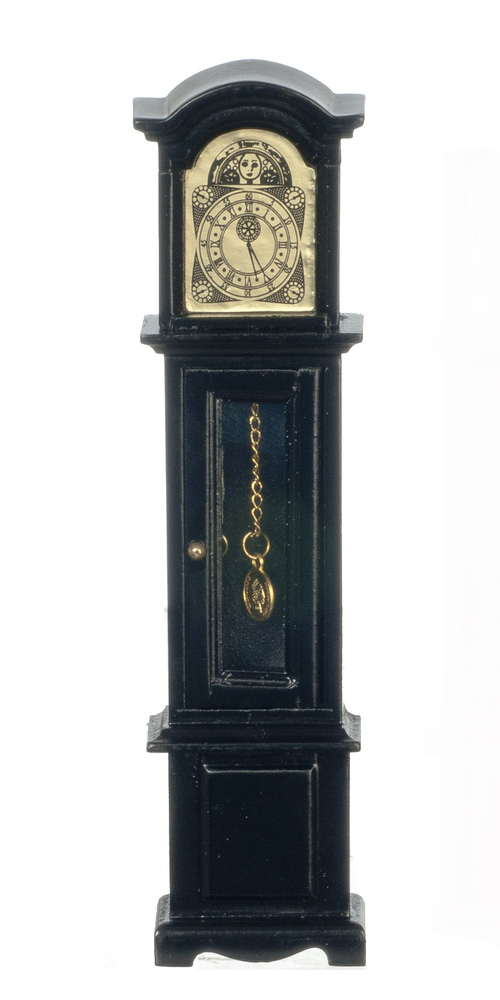

Black lion clock mini clock pro#
I tested the Micro Clock Mk2 with three systems: a Pro Tools HD rig with Digidesign 96 I/O converters, a PT LE system using a 003 control surface, and a PT HD system using a single Lynx Aurora 16-VT (Tape Op #73). Readers interested in more clocking discussions should look up the review of the Grimm Audio CC1 master clock by Bob Katz and me ( Tape Op #75). That is why vendors like Black Lion offer a master clock with multiple outputs. Likewise, the correct method to send, chain, and terminate word clock cables can be a nightmare. Questions arise regarding which unit should serve as the master and which should be the slaves. However, once you add more than one digital unit to the system, it gets a bit more complicated. Most PCM-digital converter designers agree that an internal clock is almost always the best choice for a given converter. The unit can generate six different sample-rates from 44.1 to 192 kHz. There are no power, frequency, or display lights of any kind. A rotary selector is used to pick which speed of a given multiple you use: 1x, 2x, and 3x. Proponents of this design argue that a dedicated clock for each multiple provides a more stable lock than deriving the clock from another value. The front controls include a toggle switch for selecting multiples of 44.1 and 48 kHz, as there are two different clocks inside the unit. The unit is about 3’’ x 4’’ in size, provides three word clock outputs, and uses a 12 volt wall-wart power supply.

If you are the owner of a Pro Tools HD rig with legacy Digidesign converters, read on, you will want to know about this device. One of their offerings is the Micro Clock Mk2, a small footprint, barebones, external master clock. Black Lion is a small company best known for tearing apart and upgrading off-the-shelf gear.


 0 kommentar(er)
0 kommentar(er)
